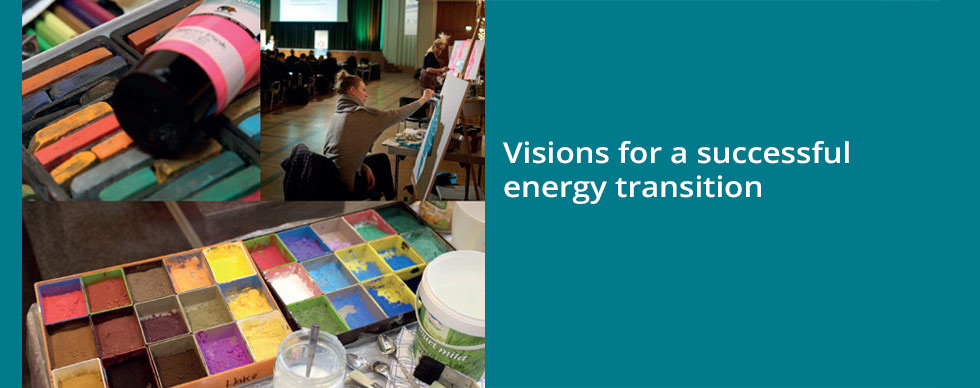Dear visitor,
Visions drive and enable us to make great achievements. And the energy transition is truly a great and important goal! We have made huge steps in the expansion of renewable energies. But just building more wind and solar plants will not be enough – we need to simultaneously push the digitalization of the energy sector.
The Federal Ministry of Economics is doing precisely this with the funding program SINTEG: Practicable solutions are developed in five model regions. WindNODE targets one central aspect of the energy transition: flexibility of the consumption. Without this we cannot integrate volatile energy sources such as wind and solar power plants into the electricity grid and it is here, we need a fundamental change in our thinking and understanding.
We need to learn to consume electricity exactly when there is enough supply. We can do this! But everybody needs to join in and share the same vision and goal for the future. Only then can the energy transition – the central project of our generation – will become a success. So, it is of utmost importance to address both the emotion as well as the mind.
We need to win over the hearts and minds and better engage the public. This is where art comes into the picture: art makes the topic emotionally accessible and inspires thinking and engagement. In short, art can address every part of a human being. The artworks presented here prove this: each one is based on three different perspectives. After presentations various ideas were discussed and combined in small groups.
In the end, the artist concerted the result of these discussions into a picture – and added his or her own personal touch.
This creative process activates different brain areas rather than merely a rational approach – leading to concrete visions and pictures of a desirable future. A whole gallery of visions was created – and this gallery can change views, not only of the direct participants. The visual approach makes the abstract topic “energy transition” accessible for a broader audience. It provides an additional aesthetic dimension and offers visitors food for thought and inspires them to come up with own inner pictures – just like in Goethe’s insight: “Art is the mediator of the inexpressible.”
Maria Reinisch

